commentary Commentary
Commentary: Costs of US travel bans come into sharper focus - for separated families, jobs and more
A lot more must be done to relax the rules for those who travel to live in and contribute to the US, says foreign policy expert Célia Belin.
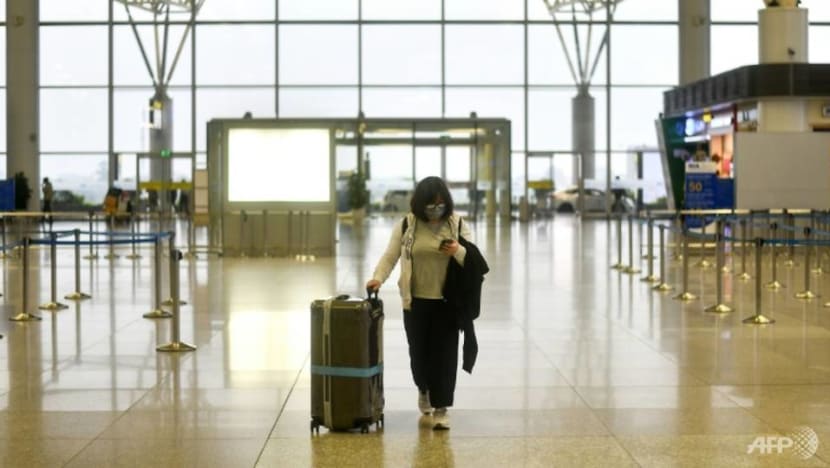
The US ban on air travel from mainland Europe ordered by US President Donald Trump is a hammer blow to markets as it will further depress economic activity and demand for oil. (Photo: AFP/Manan VATSYAYANA)
WASHINGTON DC: On May 19, the 27 member states of the European Union (EU) agreed to reopen their borders to visitors fully vaccinated against COVID-19 as early as the end of the month.
Countries will retain the capacity to request extra testing or quarantine, or to snap back restrictions in case of emergency.
Americans can finally travel to Europe for the first time in 14 months. But planes will only fly in one direction. Europeans are still barred from visiting the US.
Despite previous reports of a potential US reopening by mid-May, the Biden administration has yet to give any indication that it intends to reciprocate.
In fact, the conditions for granting exceptional authorisation for travel to the US appear to have hardened for Europeans in recent months. Yet, many are still anxiously waiting for an opportunity to travel, a basic freedom all too often conflated with tourism.
READ: Commentary: Why Singapore’s travel restrictions will keep changing for a while more
In particular, tens of thousands of European non-immigrant visa holders in the US - whether they are investors, temporary workers or other types of exchange visitors - are still being told that they cannot travel back to their home countries - for, if they leave, they may not be allowed to come back to their temporary US home.
I am one of them. For us, the purgatory has lasted for too long. Regular visa processing must resume to bring relief to long-separated people, while considering avenues towards a gradual, full reopening to Europe.
#LOVEISNOTTOURISM
At the start of the COVID-19 crisis, a trans-Atlantic travel ban appeared unavoidable and expedient.
On March 11, 2020, President Donald Trump announced that he would be suspending entry to all non-US citizens who were “physically present in the Schengen area during the 14-day period preceding their entry or attempted entry into the United States.”
A similar decision was soon issued with regard to the UK and Ireland.
READ: Commentary: Europe has a huge COVID-19 vaccine mess to clean up
Following suit, on Mar 16, 2020, the European Commission invited member states to restrict non-essential travel, which they did shortly after. As a global hunkering down took place, millions were repatriated in both directions across the Atlantic, many carrying the virus along with them.
Given the tremendous sacrifices required from all strata of society to limit the spread of the virus, travel appeared almost frivolous. As months passed, few people advocated lifting the travel ban - even as internal mobility, within the US as in the EU, started to resume.
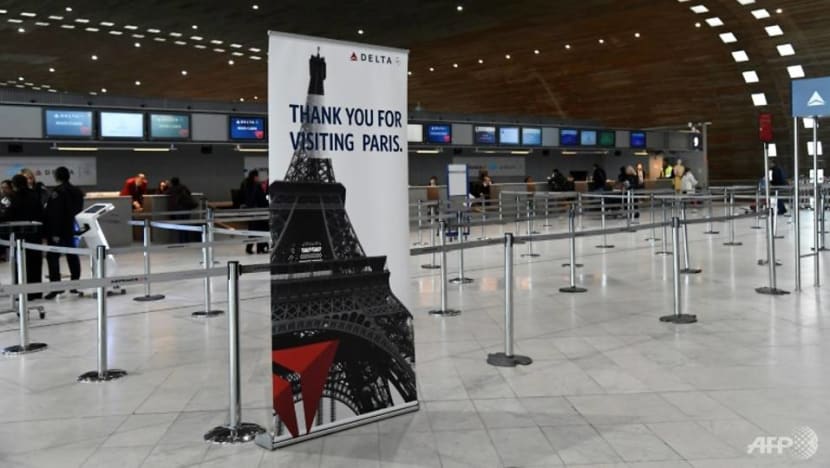
As the United States faced new waves of COVID-19 and the spectre of dangerous variants, Washington extended its travel ban to Brazil (May 2020), South Africa (January 2021), and India (April 2021).
Meanwhile, the effective travel ban on Europe (Schengen, the UK and Ireland) is America’s longest-running, just short of the ones affecting China and Iran. The human consequences are all too real.
Over time, personal tragedies of separation have surfaced on social networks under hashtags such as #LoveIsEssential, #FamilyIsNotTourism, or #LiftTheTravelBan.
People have spoken of the pain of being apart from families, friends, fiancé(e)s, adult children, places they love, services they need.
Some explain that travel is a prerequisite to their livelihoods, and restrictions are forcing them to choose between career and family. Others describe feeling isolated in their host countries as well as homesick.
EXCEPTIONS FOR SOME, LIMBO FOR OTHERS
As the change of administration brought hope, it soon appeared that the Biden team would prioritise controlling the pandemic above all else.
Although Trump terminated the travel ban just before leaving office, it was reinstated shortly after by President Joe Biden, invoking public health imperatives.
To this day, the “14-day policy,” barring entry to visitors who have been in the Schengen area within two weeks of their departure date, remains in effect.
To get around the policy, one can request a “National Interest Exception” (NIE), a Holy Grail granted by consular offices abroad and increasingly hard to secure.
READ: Commentary: Closing door to Chinese students in US universities achieves little, only creates more tension
The new administration has clarified the NIE process, while also hardening it. State Department updates in April and May identified potential NIE recipients - immigrants, people on fiancé(e) visas, students, journalists, workers from “certain critical infrastructure sectors,” as well as academics and “certain exchange visitors.”
However long the list, plenty of lawful visa holders remain excluded - including investors, temporary workers, and many exchange visitors. For most of them, travel across the Atlantic is risky.
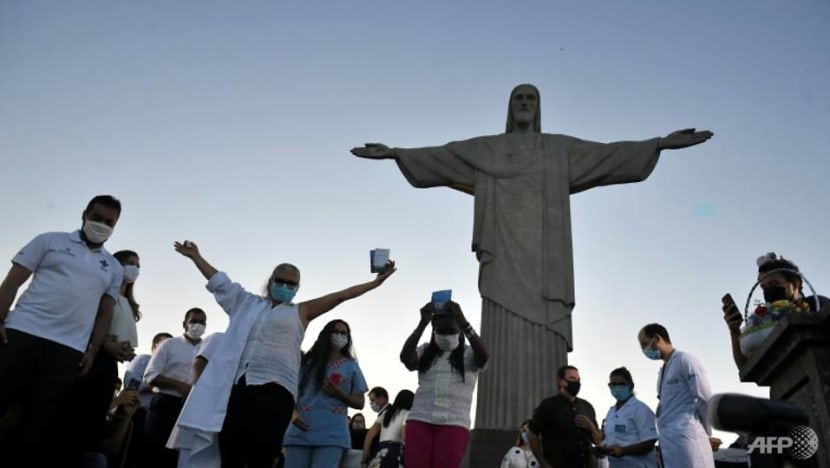
Should they choose to visit Europe, for personal or professional reasons, they could be denied an NIE to return to the US, gambling their livelihoods in the process.
Furthermore, most American consulates in Europe have been working at reduced capacity, delaying appointments by months and jeopardising visa renewals and other procedures.
The US Embassy in Paris offers a blunt yet honest assessment of the situation: “Many applicants, who were able to qualify for a National Interest Exception previously may not be able to meet the new standards… Those currently in the United States should not leave the United States for trips back to France unless they understand that they may not be able to re-enter the United States for some time.”
As immigration lawyers explain to their frantic clients navigating an opaque system, it’s better to just stay put.
ASYMMETRY AND DETOURS
Although travel restrictions imposed by European countries on Americans have been similarly harsh, an important asymmetry lies in the status of non-immigrant visa holders.
American holders of such visas (such as cartes de séjour in France) are considered “residents” in most European countries, allowing them to travel back and forth between their home country (the US) and their temporary home (in Europe).
READ: Commentary: Beating COVID-19 will be harder if governments are trying to win a popularity contest
European non-immigrant visa holders living in the US, conversely, are considered “non-resident” even though they may have steady employment, assets, or kids in school. Should these “non-residents” visit Europe, they can be denied a right to return to America.
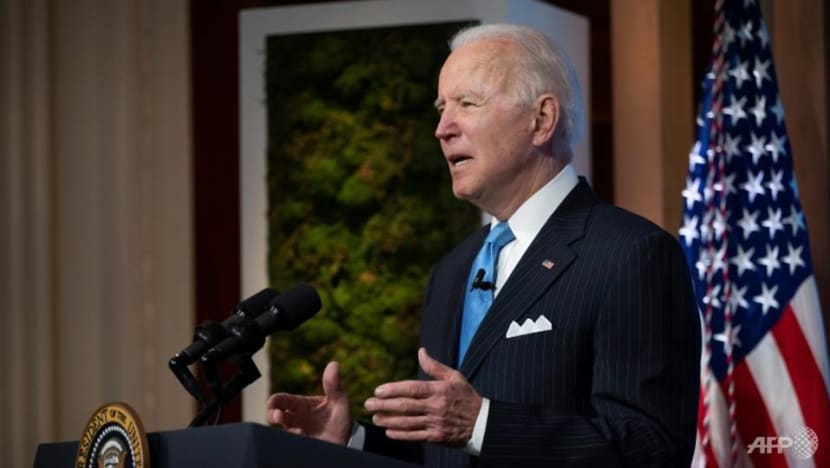
This longstanding policy is now creating an unequitable situation between those subjected to the ban (non-immigrant visa holders and tourists) and those exempt from it (green card holders, flight crew members, diplomats, and exceptions under NIE status).
This disparity is not just cruel; it does not actually preclude the virus from circulating. Indeed, as the situation lingers, it only pushes some to take long, costly, and risky detours.
Europeans stuck in a bind caused by the 14-day policy end up spending two weeks in a non-Schengen third country - such as Croatia, Turkey, Morocco, Costa Rica, Colombia, or North Macedonia - on their way to the US, increasing their risk of infection in the process. That is, if they can afford it.
This detour option is not available to those waiting for their visa applications to be processed. According to State Department figures, the number of non-immigrant visas issued to Schengen area and UK citizens in 2020 has dropped to a third of what it was in 2019, when it reached more than half a million.
There are several reasons for the drop: Pandemic fears, but also restrictions to travel and suspension of routine visa services. Behind these numbers are tens of thousands of people waiting to jumpstart their lives.
WELCOMING BACK LONG-TERM VISITORS
In the long run, the situation calls into question the premise of the travel ban itself.
Several methods for safe travel are currently being tested by European countries preparing to reopen after the May 19 decision.
France will open to vaccinated people, likely putting in place a special “sanitary pass.” Italy will welcome US travellers without quarantine if they arrive into the country on special Delta COVID-tested flights.
The US, too, is looking for creative solutions to resume international travel.
READ: Commentary: UK’s strict restrictions are its only hope of curbing new strain of coronavirus
On May 18, tourism industry representatives testifying in front of the Senate Committee on Commerce, Science, and Transportation’s Subcommittee on Tourism, Trade, and Export Promotion called for the adoption of new safety protocols and official benchmarks to speed up reopening to foreign tourists.
While general rules for mass tourism are being figured out, a lot more must be done to relax the rules for those who travel to live in and contribute to America.
European non-immigrant visa holders need to have the option to move back and forth, as other lawful permanent residents and American visa holders living in Europe can, in order to regain some level of normalcy.
Routine visa processing must resume, sooner rather than later, to avoid for the inevitable further backlog that the summer will bring. The limbo has lasted long enough.
Vaccination numbers should assuage the recalcitrant: To date, 34.1 per cent of the population in the EU and 48.2 per cent in the US have received at least one dose of a COVID-19 vaccine, and the rollout is gaining speed in Europe.
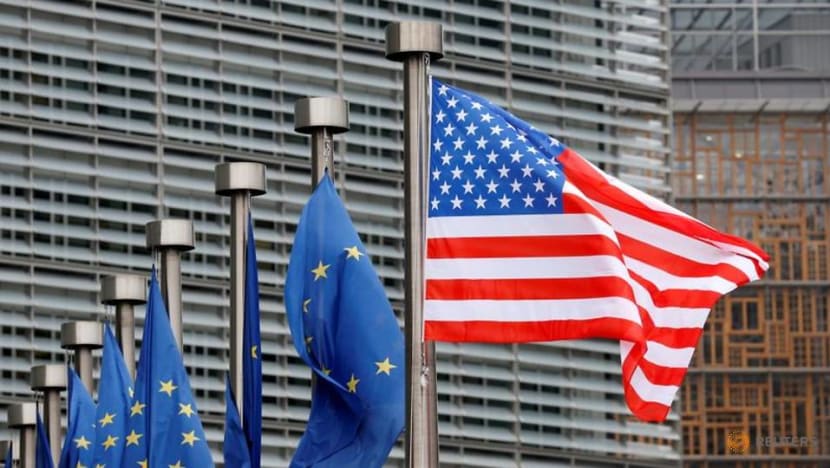
Ahead of President Biden’s participation in the EU-US and NATO summits in Brussels in mid-June, the administration must urgently consider the impact created by such a long travel ban between the US and its closest allies.
If the US truly wants to underscore its “commitment to a strong transatlantic partnership based on shared interests and values,” a tangible demonstration of trust ahead of the summit would be welcome.
Célia Belin is a visiting fellow in the Center on the United States and Europe at Brookings. This commentary first appeared in the Brookings Institution’s blog Order from Chaos.












